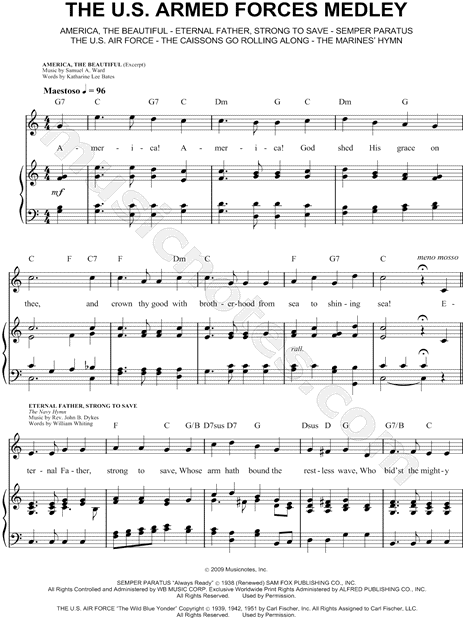

The word Zapfenstreich ("tap strike") is similar to the Dutch "tap toe", from which the English word tattoo comes. To underline that order, the sergeant major walked across the military camp and struck the taps of the casks with a stick. The Zapfenstreich was a trumpet signal to end the selling of liquor in the military quarters and to prepare for lights out. The Saxon major Hans von Fleming described this military custom for the first time in detail in his book Der vollkommene teutsche Soldat ( The Perfect German Soldier, 1726).

The term was mentioned for the first time in 1596.

The Zapfenstreich originated in the military as a sign of the end of daily activities in both field and garrison. 4.1 Composition of the Civilian Grand Tattoo.4 Adaptation on Civil events and occasions.1.1 Composition of the Military Grand Tattoo.


 0 kommentar(er)
0 kommentar(er)
